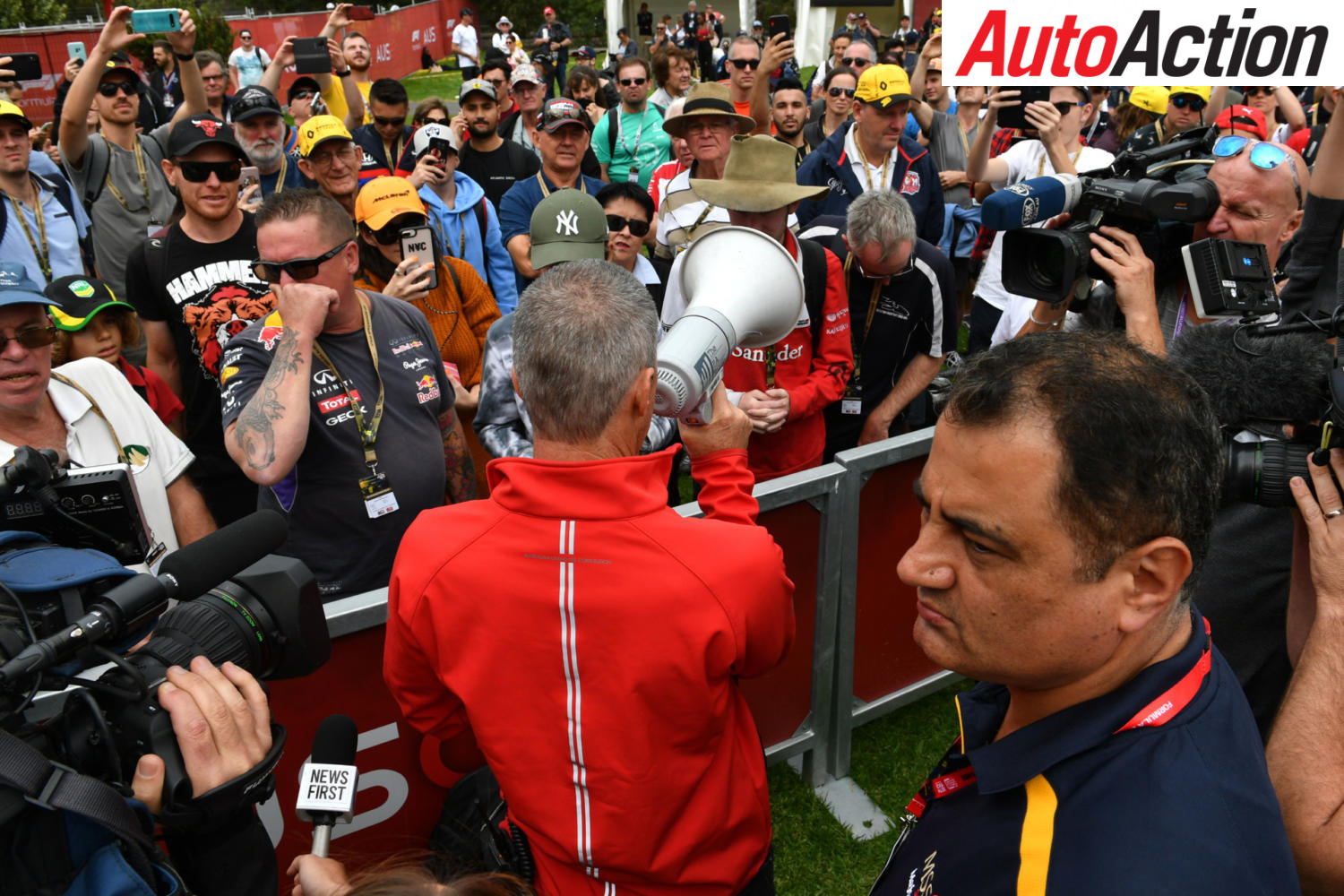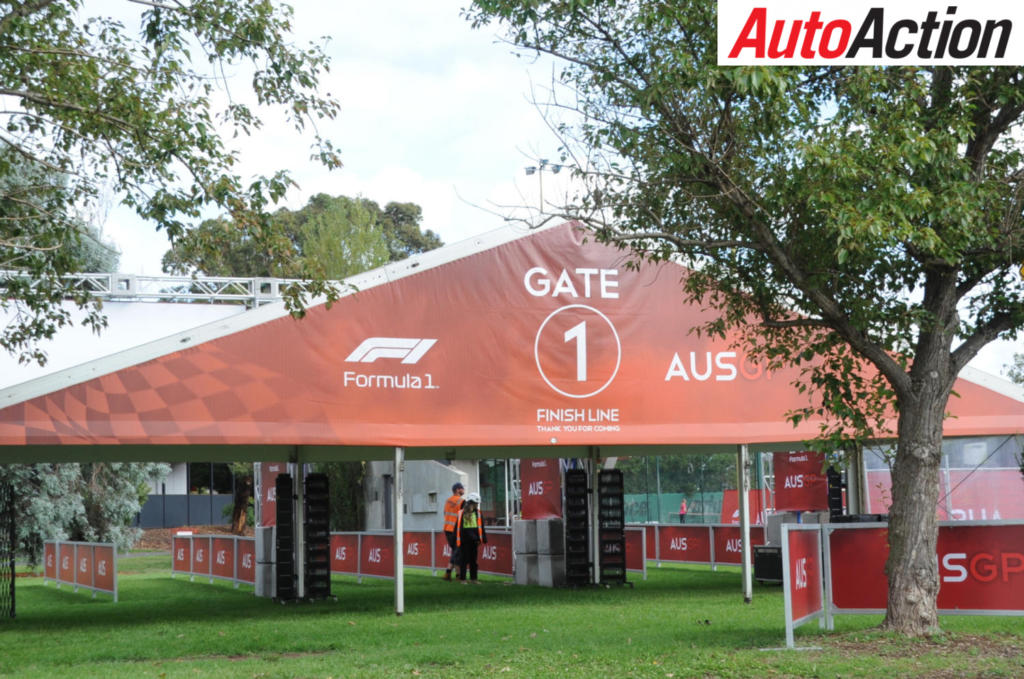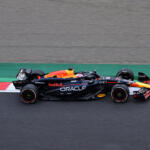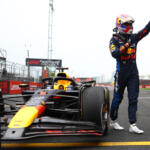AGP AGONY CONTINUES

Australian Grand Prix officials are “frustrated” by the Victoria government’s reluctance to give the event spectator attendance guidelines.
AGP organisers are also waiting for an indication of quarantine requirements.
The Formula 1 Australian GP was postponed from this weekend to November 18-21 to avoid the remnants of the coronavirus pandemic.
But planning for the event has been stalled by Spring Street’s refusal to give an early indication of crowd allowances and quarantine provisions for F1 personnel.
AUTO ACTION understands AGP officials are staggered by the lack of engagement given that the Australian Grand Prix Corporation is a Victoria government instrumentality.
The F1 AGP is funded by Daniel Andrews’ Labor administration to the tune of around $60 million a year.
The current F1 deal runs through 2023.
The AGP was postponed to November to give it the best chance of happening, assuming COVID-19 border restrictions will be eased by then.
F1 is hoping its proven ‘bubble’ approach will be accepted by Victoria authorities.
F1 and the AGPC are proposing a fly-in, fly-out arrangement over five or six days, with F1 personnel restricted to a hotel-to-track corridor and isolation at the Albert Park circuit.
Unlike the two-week Australian Open tennis, F1 will not accept two-week pre-event hotel quarantine.
October 24’s planned Australian Motorcycle GP at Phillip Island, also run by the AGPC, is subject to the same questions.
For planning purposes, AGPC officials are looking for guidance on daily crowds and F1 access.
“They’re frustrated,” a high-level source said. “They’re part of the state government, but they can’t get a straight answer.
“The tennis was approved for 50,000 a day, so that should be the minimum for Albert Park. They also rightly want to know the conditions of entry into the country for F1 personnel.
“But they can’t. It’s a disgrace.”

Australian Grand Prix agony continues – Image: LAT
F1 is resigned to restricted entry to Melbourne for the AGP.
“It seems inconceivable we’ll be allowed to move around at will in Melbourne,” an F1 insider said. “We are bound by the protocols of the FIA and FOM, which have become even more strict this year.
“I’m expecting we will turn up and be taken straight to our hotel bubbles, and only be allowed to go to the track and back to the airport. Assuming it happens at all.
“We travel and live in heavily tested bubbles at all times, but at least that strict regime is getting us to some races.”
F1 people are relying on COVID-19 vaccinations to clear the way for the AGP.
“Maybe vaccines and other aspects will change this significantly over the next few months,” the F1 source said.
Motorsport has been left behind in the ramp-up of crowds as the pandemic comes under control.
The MCG will be allowed to host 50,000 – half capacity – for this weekend’s first-round games, but Supercars’ Sandown SuperSprint is only allowed 7000 fans per day.
It is nonsense that motor racing authorities need to bargain with Victoria state health authorities.
At expansive, open-air venues like Sandown and Albert Park, there is no valid health reason to restrict attendance.
Up to 100,000 a day at the AGP would not be outrageous seven months from now, just as a 15,000 cap at Sandown this weekend would not have been out of order.
Instead, the daily limit for the paying public at Sandown is fewer than half the comfortable capacity at 7000.
Supercars, AGPC, ARG and Motorsport Australia need to lobby the federal and state governments to emphasise the importance of V8 events to local economies.
The F1 AGP needs certainty because it is one of the top four sporting events in the country.
For more of the latest F1 news pick up the current issue of Auto Action. Also make sure you follow us on social media Facebook, Twitter, LinkedIn, Instagram and/or weekly email newsletter for all the latest updates between issues.





